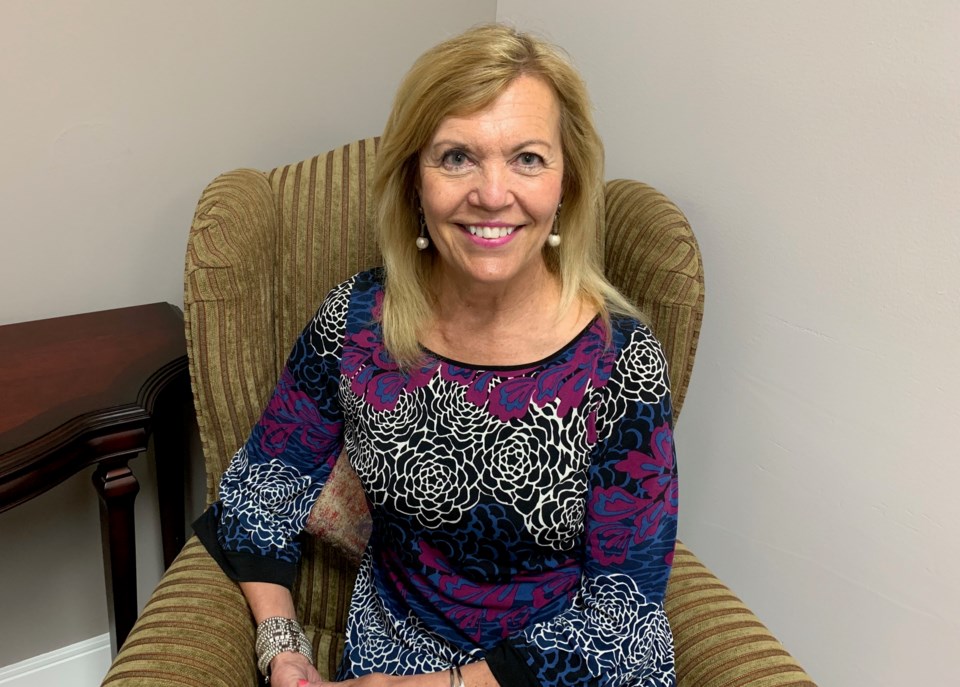Newmarket-Aurora MPP, Ontario Deputy Premier and Minister of Health Christine Elliot writes a regular monthly column series for NewmarketToday about provincial initiatives and issues impacting our community.
I am pleased to tell you all about the transformation that is taking place with our public health care system. I had the honour of announcing the Southlake Community Ontario Health Team as one of the first 24 teams in the province to implement a new model of organizing and delivering health care that better connects patients and providers in this community of Newmarket-Aurora to improve patient outcomes.
The first wave of Ontario Health Teams (OHT) are approved after an extensive readiness assessment process, which involved significant time, collaboration, research and effort from partners across the health care sector. The transformation has only been made possible due to the excitement and ingenuity of our world-class health system partners like the ones we have here in our own community. These professionals are dedicated to delivering the highest quality care.
The purpose of OHTs is to deliver on our government’s commitment to build a sustainable and connected public health care system. One focused on the needs of patients and ending hallway health care. These teams will better support patients and families by connecting care providers to work as a single team.
For example, with hospitals and home care working as a single team, they can begin to plan for and coordinate a patient’s home care as soon as admission to hospital has occurred. This model is a better approach to local patient care as it allows providers to find better ways to spend valuable health care dollars on the frontline – where they belong.
OHTs are part of our plan to end hallway health care. The plan has four important pillars:
- Prevention and health promotion – Goal is to keep Ontarians healthy and out of hospitals.
- Receiving the right care in the right place. The hospital is not always the best place to receive care.
- Integrating care to improve patient flow.
- Building capacity throughout the health care system by investing $27 billion over 10 years in hospital infrastructure projects, building more long-term care beds and increasing community-based services.
The Southlake Community Ontario Health Team will create a local health care system that provides coordinated care for patients, reduces wait times, and leads to better health outcomes for patients.
In addition, the team will improve access to secure digital health tools, including online health records and virtual care options. It will also work to reduce clinician burnout and lay the foundation for a sustainable future.
As it continues its work to integrate care, the team will put in place 24/7 navigation and care coordination services for patients and families. In the first year, the focus will be on supporting older adults with complex health care needs and adults with mental health and addictions challenges.
The Southlake Community Ontario Health Team will support a continuum of care with providers from across the region including Aurora, Bradford West Gwillimbury, East Gwillimbury, Georgina and Newmarket. This team represents local communities and will work closely within its communities to determine how best to provide care to meet the local needs and circumstances of the populations it serves. Patients will continue to have a choice in their care provider.
OHT implementation will occur in phases and through a continuous intake process allowing other groups of providers to organize and complete the process. As part of the full application, groups of providers are to identify the population they intend to serve at maturity, and how they plan to expand their services, partnerships, and virtual care offerings to enable maximum population coverage.
Providers and organizations eligible to become an OHT include, but are not limited to those that provide:
- Primary care (including inter-professional primary care and physicians);
- Secondary care (e.g., in-patient and ambulatory medical and surgical services includes specialist services;
- Home care;
- Community support services;
- Mental health and addictions;
- Health promotion and disease prevention;
- Rehabilitation and complex care;
- Palliative care (e.g., hospice);
- Residential care and short-term transitional care (e.g., in supportive housing, long-term care homes, retirement homes);
- Long-term care home placement;
- Emergency health services;
- Laboratory and diagnostic services;
- Midwifery services; and
- Other social and community services and other services, as needed by the population.
I would like to thank all our health care partners for their enthusiasm, partnership and dedication toward reaching the goal of providing modern, sustainable, connected care for all.
If you would like additional information on the OHT, please contact me at my community office 905-853-9889.
**************************

